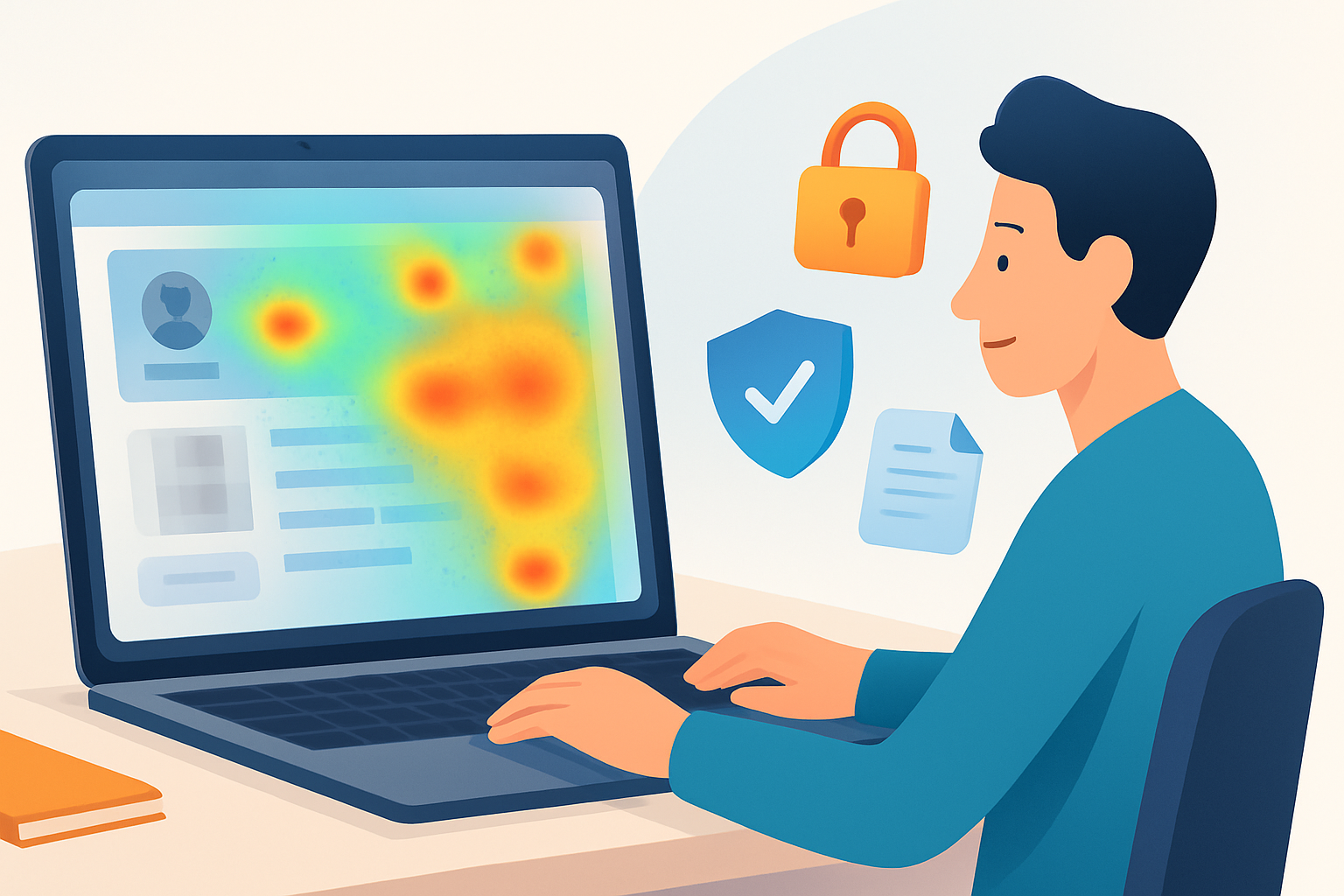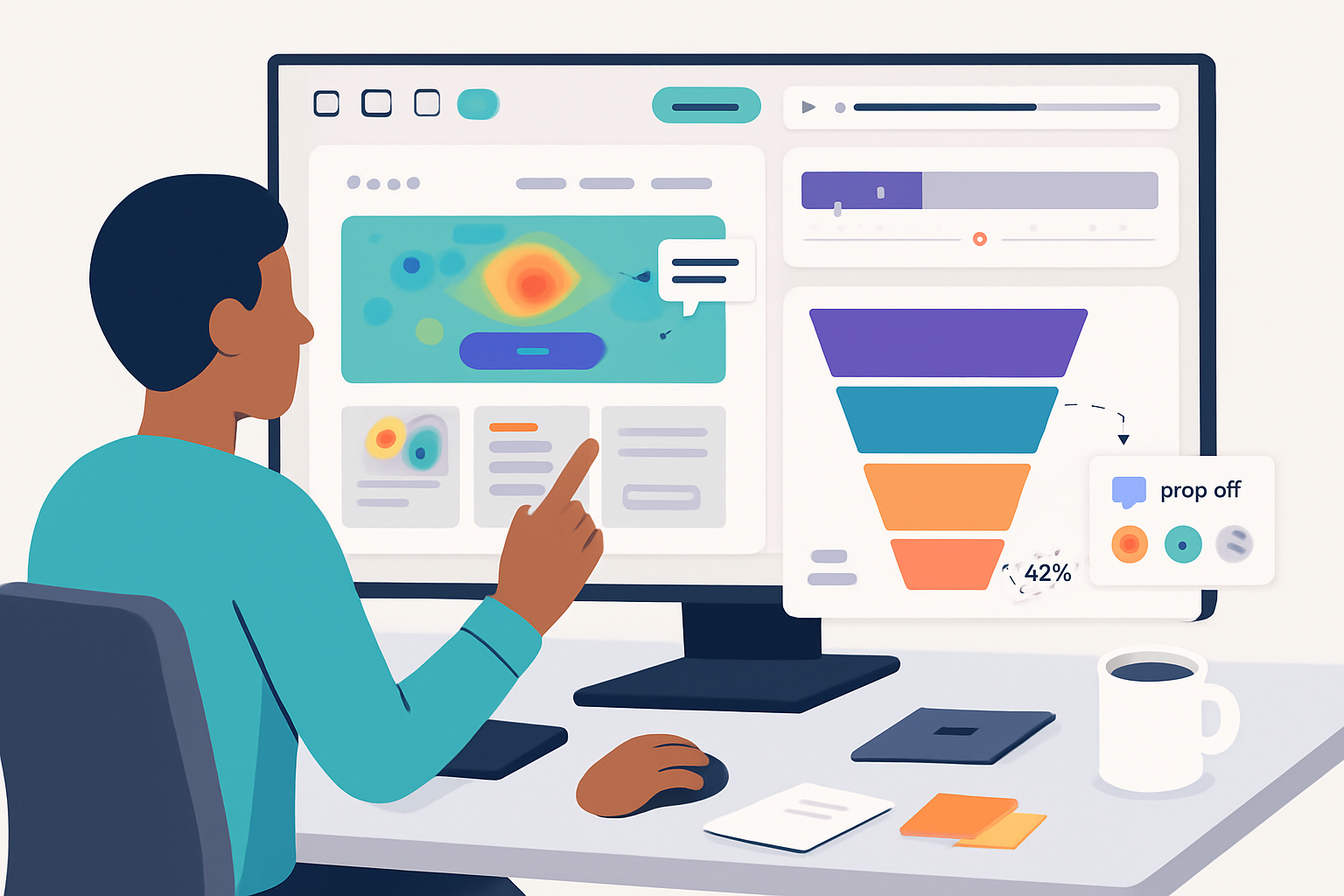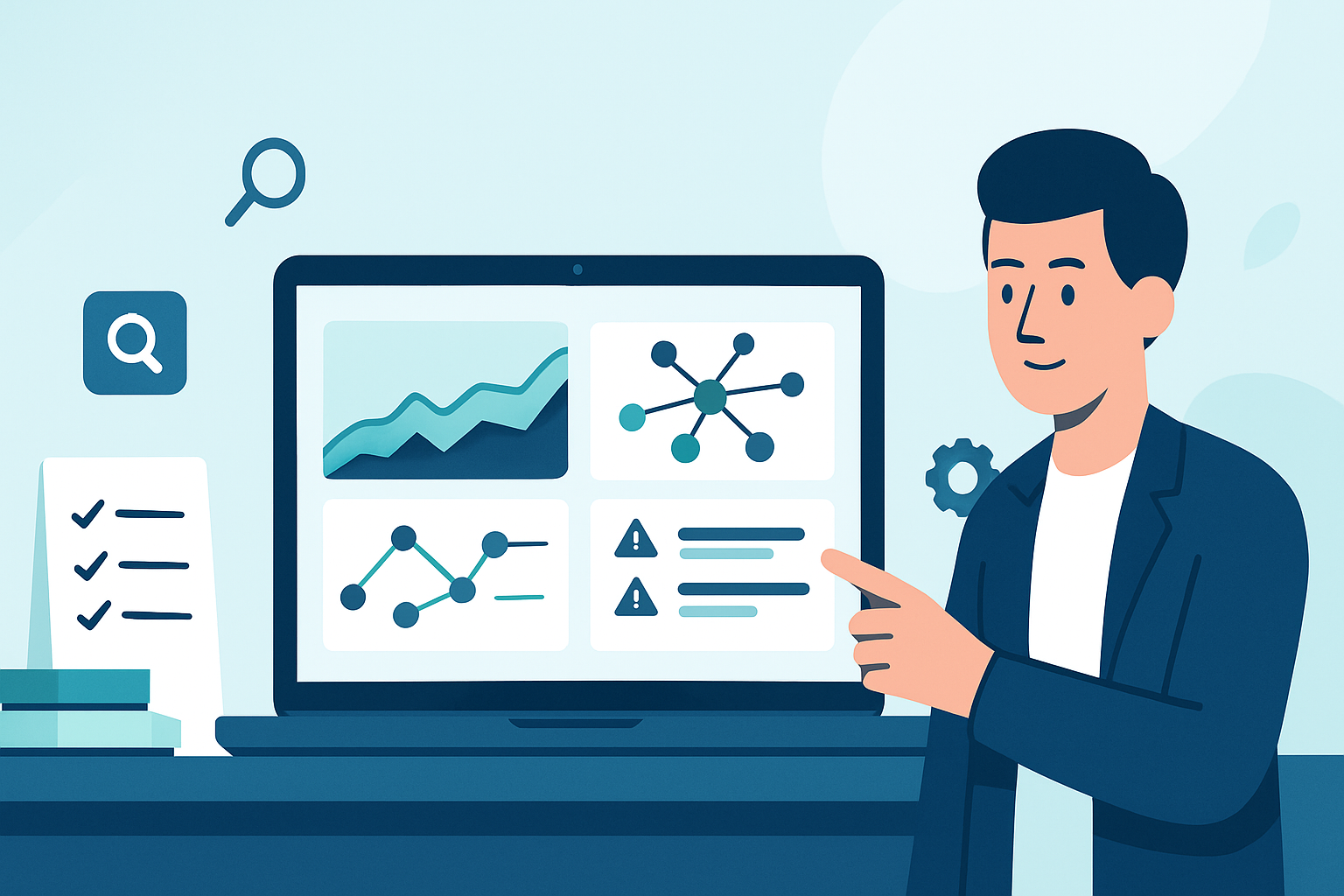· marketing · 6 min read
The Ethics of User Data: Navigating Privacy Concerns with Hotjar
A practical, candid guide for marketers on how to use Hotjar responsibly-balancing powerful behavioral insights with evolving privacy rules and user trust. Includes compliance steps, configuration tips, and ethical considerations.

What you’ll get from this article
You will learn how to keep using Hotjar’s behavioral insights while minimizing privacy risks, staying aligned with major data-protection laws, and preserving user trust - with a practical checklist you can implement today.
Short outcome: keep your analytics sharp and your users respected.
Why this matters - fast
Marketers want to understand user behavior. Hotjar delivers heatmaps, session recordings, funnels and feedback tools that make that easy. But those same tools can capture sensitive information and erode trust if used without thought. The result is regulatory risk, reputational damage, and a loss of the thing that makes your data useful in the first place: honest user behavior.
You can keep the insights. You can also keep your users’ privacy. Here’s how.
The ethical frame: principles to follow
- Respect - treat people as subjects with rights, not merely data points.
- Minimization - collect only what you need to answer a specific product question.
- Transparency - tell users what you collect and why, in plain language.
- Control - give users meaningful choices about recordings and profiling.
- Accountability - document decisions, settings, and data flows.
These are not just nice-to-haves. They map directly to legal duties under GDPR, CCPA/CPRA, and other frameworks and to modern customer expectations.
References: official Hotjar guidance on sensitive data and privacy Hotjar: How Hotjar handles sensitive data and Hotjar privacy policy Hotjar Privacy. For regulatory context see GDPR.eu and California CCPA overview.
Top privacy risks when using Hotjar
- Recording or exposing PII (names, emails, credit card fragments) in session playback or heatmaps.
- Storing screenshots that include sensitive page content or form inputs.
- Recording pages targeted to specific users (e.g., account areas) without consent or lawful basis.
- Over-broad retention of session data that increases exposure over time.
- Inadequate access controls allowing too many employees to view recordings.
Each of these can be mitigated without throwing away the product insights.
Practical setup: a marketer’s checklist for ethical Hotjar use
Follow these steps in order. They’re written to be actionable and auditable.
Define the use case
- Ask - what exact question are we answering with recordings/heatmaps? Limit scope (e.g., checkout form friction vs. whole site behavior).
Choose a lawful basis & document it
- For EU users, decide between consent or legitimate interest (and document your DPIA if you rely on legitimate interest). When recording where PII might appear, consent is safer.
- For California and similar regimes, respect opt-outs and disclosure obligations.
Configure Hotjar to minimize risk
- Enable Hotjar’s sensitive-data protections and element suppression. See Hotjar’s documentation for options to block or mask elements. Hotjar sensitive-data guidance
- Exclude private or account pages from recordings unless absolutely necessary.
- Use session sampling - capture only a portion of traffic rather than 100%.
Prevent PII entering recordings
- Mask or suppress form inputs, query string parameters, and dynamic content that may contain PII.
- Example (conceptual) - add attributes or CSS selectors to elements you want Hotjar to ignore; configure those selectors in Hotjar’s admin. Always check Hotjar’s docs for exact attributes and UI steps.
Anonymize identifiers
- Strip or hash user IDs and anonymize IP addresses where supported.
Limit retention and access
- Set short retention windows aligned with the purpose (e.g., 30–90 days for product research).
- Enforce role-based access - only product researchers and named analysts can view recordings.
Update privacy notices and cookie banners
- Be explicit - explain what Hotjar records (heatmaps, recordings), why, how long you keep data, and how users can opt out.
- Use a CMP tied to the IAB TCF or equivalent to manage consent and signal consent state to Hotjar tools if you require consent.
Include Hotjar in your DPIA and DPA
- Add Hotjar as a third-party processor in your Data Processing Agreement (DPA) and include it in DPIAs for high-risk processing.
Train your team
- Educate product, marketing, and support teams about what can/cannot be shared from recordings and how to redact before reuse.
Provide an easy opt-out
- Offer a “Do not record me” option in your privacy preference center. Respect it.
Example language for a cookie banner and privacy policy
Short cookie banner copy:
“We use tools (like Hotjar) to analyze how people use our site so we can improve it. Non-essential analytics are only used with your consent. Manage preferences.”
Privacy policy snippet:
“We use session-recording and heatmap tools (such as Hotjar) to analyze user behavior. Recordings do not intentionally capture credentials or payment information; where such data may appear, we mask it. Recordings are retained for X days and are accessible only to authorized personnel. You can disable recordings by adjusting your preferences.”
Always tailor text to your legal advice and jurisdictional obligations.
Technical tips and patterns (concrete)
- Mask form fields and dynamic content at source - prefer preventing the data from being recorded over redacting later.
- Use sampling and scoped recording - record only flows relevant to your hypothesis (e.g., checkout funnel steps), not the whole site.
- Remove query parameters that may carry PII before they reach Hotjar.
- Use server-side aggregation for sensitive metrics when possible rather than session playback.
Conceptual HTML example (illustrative - consult Hotjar docs for exact attribute names):
<!-- Mark this input as sensitive so it won't be recorded or will be masked -->
<input type="text" name="email" data-hotjar-mask="true" />Do not rely on this snippet verbatim; use the Hotjar admin and official instructions linked earlier to implement suppression correctly.
Governance and accountability
- Keep an internal log of experiments that require recordings and their justification.
- Periodically review recordings for accidental PII leakage and delete when discovered.
- Maintain a clear DPA with Hotjar and verify data transfers (e.g., Hotjar’s EU hosting options) if you process EU personal data.
- Build an internal escalation path for privacy incidents involving session data.
Beyond compliance: the ethical marketing lens
Legal compliance is the floor, not the ceiling. Consider these higher-order choices:
- Avoid surveillance-by-default. Ask - would I be comfortable if a user knowing they were being recorded asked to see the recordings? If not, change the setup.
- Prefer aggregated signals for strategic decisions (heatmaps, aggregated funnels) and use recordings only for targeted qualitative research.
- Publish a short transparency note describing how behavioral tools are used - and make it visible in your privacy center. Transparency builds trust.
Industry trends to watch
- Consent erosion and regulatory tightening mean consent will get more scrutinized; fallback justifications need stronger DPIAs.
- Privacy-preserving analytics, federated approaches, and differential-privacy techniques are gaining traction for behavioral metrics. Differential privacy primer
- Audience expectations - users increasingly prefer first-party, opt-in relationships and will reward transparent brands.
Quick compliance cheat-sheet (5-minute audit)
- Are recordings on pages that show sensitive data? If yes - stop recordings and fix immediately.
- Do you have a documented lawful basis for recordings? If no - pause and document.
- Is there a short retention policy and role-based access? If no - implement and restrict.
- Is Hotjar listed in your privacy policy and DPA? If no - update docs and sign DPA.
- Can users opt out? If no - implement opt-out or consent gating.
Final thought
Hotjar can be a powerful ally in making better product decisions. Used ethically, it gives you empathy-strengthened insights rather than surveillance-based shortcuts. Prioritize minimization, transparency, and user control. Do that and you’ll not only stay on the right side of regulators-you’ll earn the most valuable thing a brand can have: user trust.
Hotjar: How Hotjar handles sensitive data Hotjar Privacy Policy GDPR overview California CCPA overview ICO guidance for organisations Privacy-preserving techniques: differential privacy primer
Note: this article provides practical guidance and best practices but does not constitute legal advice. Consult counsel for jurisdiction-specific obligations.



